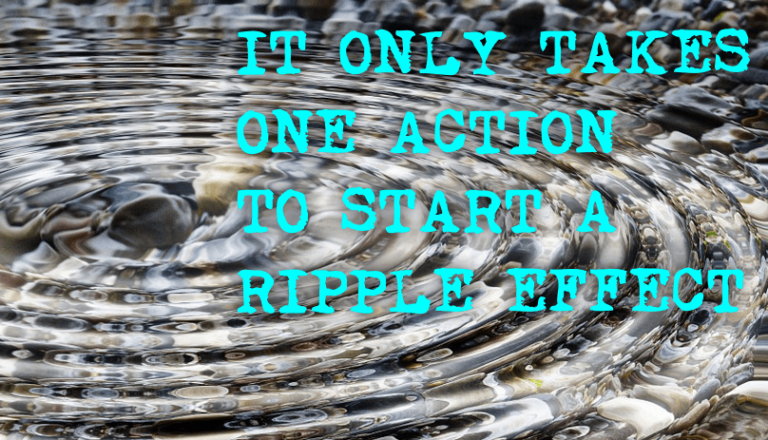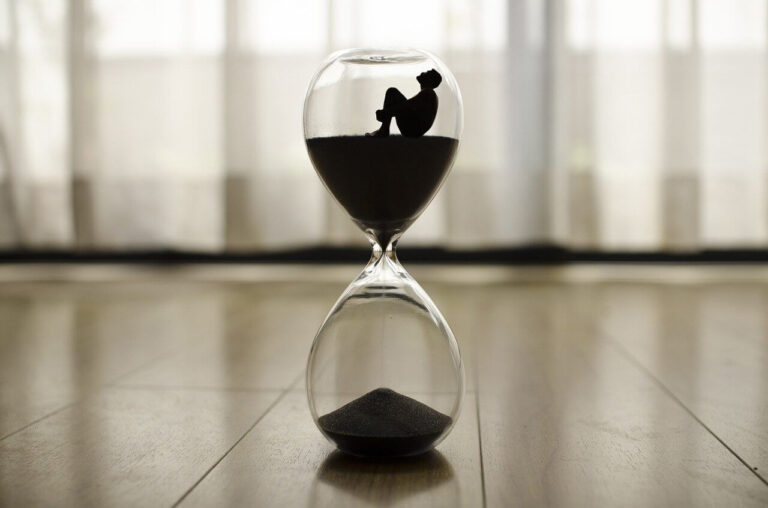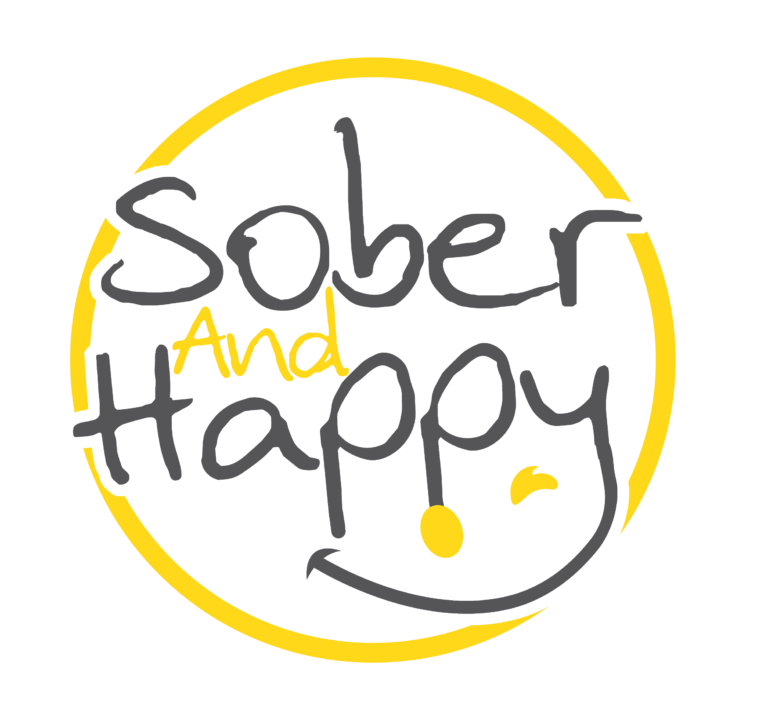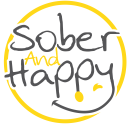

Tim Phillips
I love sharing my journey from being hopeless, to getting sober, to learning how to eventually be both sober and happy. to learning how to eventually be both sober and happy.

Recently, while sorting through an old box, I stumbled upon two photographs from my time in rehab. The first was taken at the start of my journey—disheveled, older than my years, and visibly worn down by addiction. The second, from my graduation day, was cleaner and younger-looking, but the haunted expression in my eyes told a different story. Despite the progress I’d made, the weight of guilt and shame loomed over me like a storm cloud.
This moment took me back to the heavy emotions of early recovery, particularly the paralyzing guilt over my past actions and the shame of believing I was fundamentally flawed. But as I’ve learned, guilt and shame are not identities—they’re emotions, and they can be addressed and released.
One of the biggest obstacles in recovery is dealing with guilt and shame. These emotions can stem from the harm caused to others, broken promises, lies told, or even the simple act of prioritizing recovery over old friendships. Left unchecked, guilt and shame can not only hinder progress but lead to relapse.
But here’s the good news: You don’t have to carry this burden forever. By acknowledging, addressing, and reframing these emotions, you can free yourself and move forward with confidence and self-compassion.
While guilt and shame often feel similar, they stem from different places. Guilt is tied to specific actions—feeling bad about something you did. Shame, on the other hand, attacks your core identity, making you feel like you are fundamentally flawed or unworthy.
For example, I once took my best friend Dan’s share of the rent and spent it during a drinking binge. When my schemes to fix the situation failed, I left town without a word, leaving him to face eviction. My guilt came from knowing I’d wronged him. But shame whispered darker messages: “You’re a terrible friend. You’re unworthy of love. You’ll never be good enough.”
It’s crucial to separate these emotions and address them individually to move forward. While the guilt could be handled by making amends and paying back the money I owe, the shame only dissipates as I change to no longer become the type of person who would do that again.
Avoidance is a common response to guilt and shame. Many of us used substances to numb these feelings, creating a destructive cycle: we’d act out, feel guilty, use substances to cope, and then repeat. In recovery, this avoidance might shift to other behaviors like overeating or unhealthy relationships.
The first step to breaking this cycle is acknowledgment. Much like turning on a light to dispel the imagined monsters in a dark room, facing these emotions head-on reduces their power. Researcher Brené Brown identifies four key steps to addressing shame:
The act of sharing these emotions with someone you trust can be transformative.
Acknowledgment alone isn’t enough—we must also take action. Making amends where possible is essential for healing. Whether repaying debts, offering heartfelt apologies, or taking responsibility for your actions, these steps allow you to reconcile with the past.
However, amends must be paired with behavioral changes. Apologizing for past mistakes is not enough if we continue the same patterns. Start defining the person you want to be. What are your values? What standards will you uphold? Begin making decisions that align with the life you want to build.
In recovery, you may need to say no to situations, people, or behaviors that jeopardize your progress. While feeling guilty when disappointing others is natural, reframing your perspective can help.
When I declined invitations to bars or parties early in recovery, I reminded myself that I wasn’t saying no to friends—I was saying yes to a healthier, happier life. Replacing apologies with firm, confident statements like “That life isn’t for me anymore” helped me set boundaries without guilt.
Self-forgiveness often feels impossible, especially when shame has taken root. But here’s the truth: you cannot fully forgive yourself until you begin forgiving others.
When we hold onto resentment, we create a lens of judgment through which we view both others and ourselves. If we label others unforgivable for their actions, we will likely do the same to ourselves. Forgiveness doesn’t mean condoning harmful actions—it means releasing the weight of resentment and choosing to move forward.
Breaking free from guilt and shame is one of the most liberating experiences in recovery. These emotions, while powerful, are not identities. You are not your past mistakes; you don’t have to carry their weight forever.
By acknowledging your emotions, making amends, setting boundaries, and committing to growth, you can rewrite your story. Forgiveness—both of yourself and others—is the final step toward a life filled with freedom and joy.
You are worthy of happiness, fulfillment, and love. It’s time to release the guilt and shame that no longer serve you.
For more insights and actionable steps, listen to the full episode of The Sober and Happy Podcast where we dive deeper into forgiveness, boundary-setting, and building a life you’re proud of.

I love sharing my journey from being hopeless, to getting sober, to learning how to eventually be both sober and happy. to learning how to eventually be both sober and happy.




Join our mailing list to receive the latest news and updates from our team.






Copyright © 2023 by Sober and Happy. All rights reserved.

Join our mailing list to receive the latest news and updates from our team.